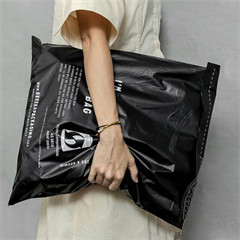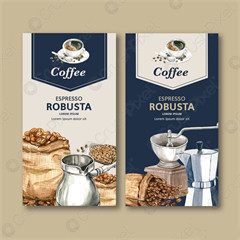Creating brochures for events involves a threefold approach: informing attendees about the event details, engaging them with compelling content, and delighting them with an appealing design. Here’s how to achieve these goals effectively:
1. Inform:
- Event Details: Clearly state the event’s name, date, time, and location. Include a map or directions for easy navigation.
- Schedule: Provide a detailed schedule of the event, including sessions, speakers, activities, and breaks. This helps attendees plan their time.
- Registration Information: Include information on how attendees can register for the event, purchase tickets, and any associated costs.
- Contact Information: Provide contact details for inquiries, assistance, and support related to the event.
2. Engage:
- Compelling Content: Craft engaging and concise descriptions of the event’s highlights, keynote speakers, workshops, and unique features.
- Benefits: Clearly communicate the benefits of attending the event. Explain how attendees will gain knowledge, networking opportunities, and valuable takeaways.
- Speaker Profiles: Provide brief profiles of keynote speakers and presenters, highlighting their expertise and relevance to the event’s theme.
- Interactive Elements: Incorporate interactive elements such as QR codes that lead to event-related content, websites, or social media.
3. Delight:
- Visually Appealing Design: Use an attractive and cohesive design that aligns with the event’s theme or branding. Incorporate images, icons, and color schemes that create a visually appealing brochure.
- Personalization: Tailor sections of the brochure to different segments of attendees, showcasing content relevant to their interests or roles.
- Engaging Imagery: Use high-quality images of past events, speakers, and venue to give attendees a glimpse of what to expect.
- Surprise Elements: Include surprises, teasers, or hidden elements that intrigue and excite attendees.
- Positive Language: Use language that conveys enthusiasm and excitement about the event. Make readers feel like they’re part of something special.
- Testimonials: Share quotes or testimonials from past attendees, emphasizing the positive experiences and outcomes they had.
- Event Hashtags: Incorporate event-specific hashtags for social media engagement. Encourage attendees to share their excitement and connect with others.
Remember, the key is to balance information, engagement, and design to create a brochure that not only informs attendees but also sparks their interest and anticipation for the event. Keep the audience’s needs and preferences in mind while designing your brochure, and continuously refine your approach based on feedback and insights from past events.


























